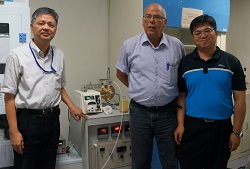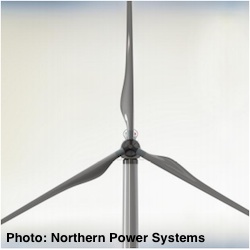 Red River Energy has signed an ethanol marketing agreement with Noble Mansfield Commodity Services (NMCS) to handle their ethanol marketing. In addition, ICM subsidiary Energy Management Solutions, will manage the day-to-day operations and activities of the 25 million gallon per year ethanol plant located in Rosholt, South Dakota.
Red River Energy has signed an ethanol marketing agreement with Noble Mansfield Commodity Services (NMCS) to handle their ethanol marketing. In addition, ICM subsidiary Energy Management Solutions, will manage the day-to-day operations and activities of the 25 million gallon per year ethanol plant located in Rosholt, South Dakota.
According to Rick Serie, general manager of Red River Energy, “After a long and exhaustive search, we’ve concluded that Noble Mansfield Commodity Services is the right ethanol marketing company to help us sell our ethanol as we restart our ICM-retrofitted facility. We felt comfortable with this decision given their past success in consistently selling our products across our key markets. Their marketing and logistics expertise will be particularly important as we proceed with our plans, which include investments into a grain storage bin and ICM’s corn oil extraction technology.”
William K. Covey, CEO of Noble Mansfield Commodity Services, agrees. “We are very excited for the opportunity to once again support Red River Energy by serving their marketing needs with knowledge, experience and reliability. We also welcome Rick’s trust in our ability to consistently maximize their netbacks, along with his appreciation for our personalized client support, competitive logistics, railcar access, transparent accounting integration and actionable market intelligence.”












 mprove “water power” technologies that convert the energy of waves, tides, rivers and ocean currents into electricity.
mprove “water power” technologies that convert the energy of waves, tides, rivers and ocean currents into electricity.